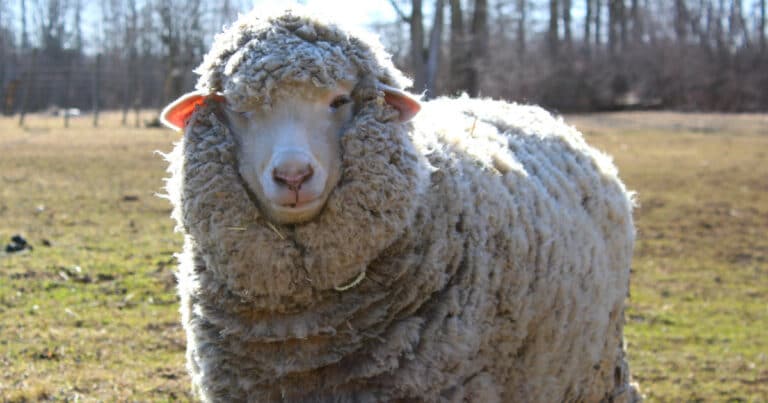
American Cormo Sheep
The American Cormo sheep breed originally comes from Tasmania in Australia. They are a mix of Superfine Saxon Merino, Lincoln, and Australian Merino. In 1976,
Primitive man first domesticated the sheep in 10,000 BC … in part because this animal produced wool fiber which could be used for clothing, blankets, and other knit and woven products.
Today sheep are raised commercially for wool production around the world, but wool breeds of sheep are also raised on a number of small hobby farms where fiber artists use the wool to create sweaters, hats, mittens, blankets, socks, and much more.
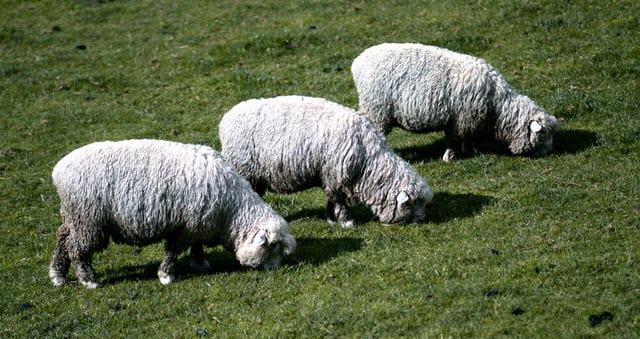
On this page we’ll introduce you to some of the most popular fine wool breeds of sheep and breeds that produce longer, more coarse (but still excellent) wool.
You can click through to learn more about any of these wool sheep breeds.
Learn more about any of these popular wool breeds by clicking through to our page with the history, characteristics and photos of each breed.

The American Cormo sheep breed originally comes from Tasmania in Australia. They are a mix of Superfine Saxon Merino, Lincoln, and Australian Merino. In 1976,
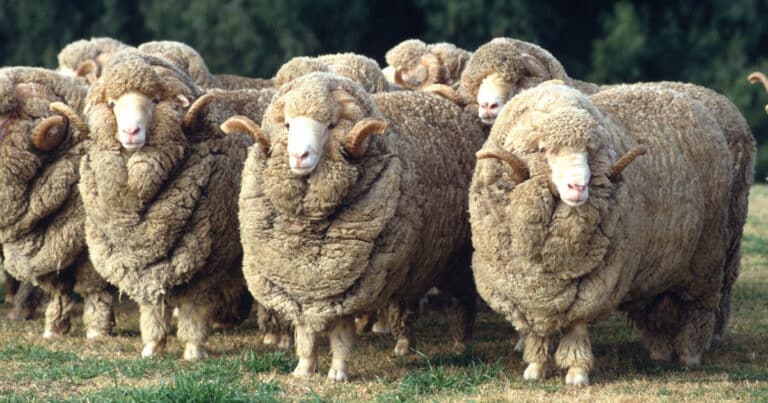
The Booroola Merino originated in Australia by using the pre-existing Merino Flock of commercial sheep, which were intended for reproduction. This distinguished breed is a
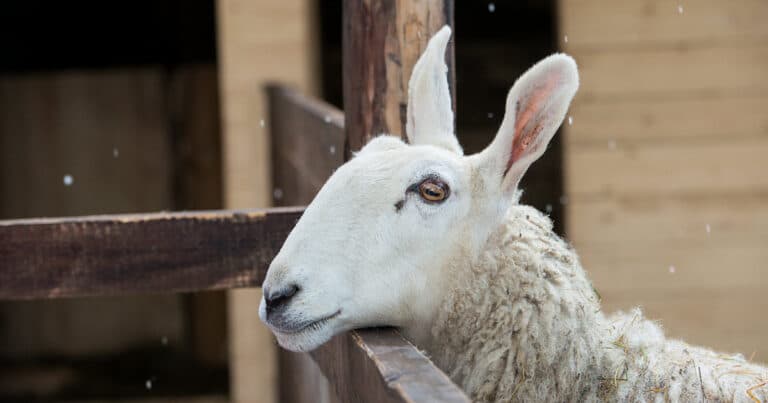
The Border Leicester sheep breed is one of three distinctive breeds of Leicester in the UK. Matthew and George Culley founded this breed of sheep
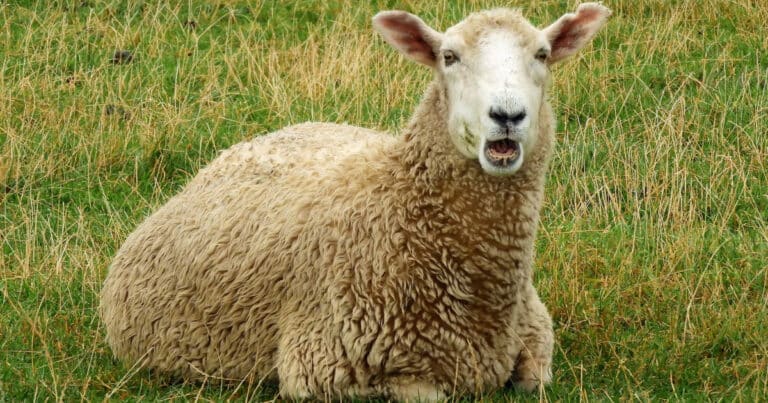
The Coopworth sheep breed originated in New Zealand. This breed was developed by crossing Romney and Border Leicester sheep during the 1950’s and 1960’s and
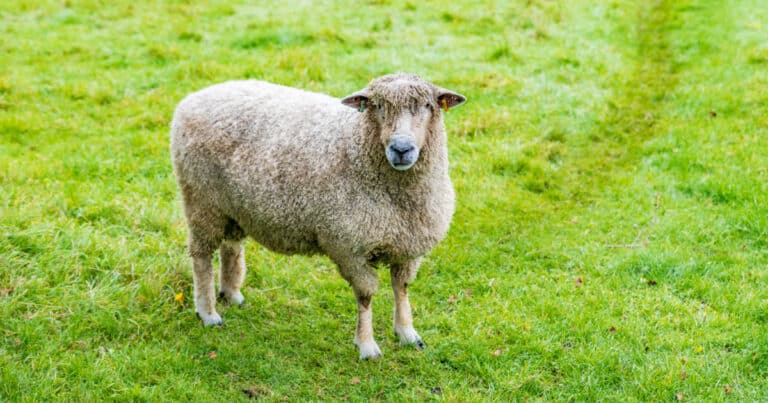
The Cotswold sheep breed is a large, muscular breed of sheep raised primarily for their wool. Cotswold fleece is long, thick, and curly and the
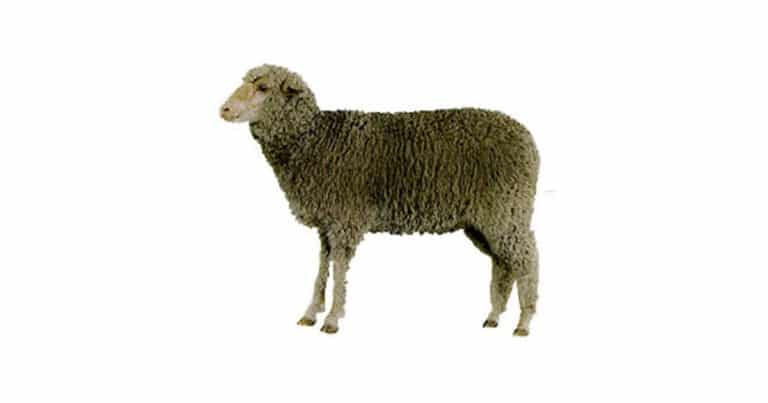
The Debouillet sheep breed originated in 1920 in Tatum, New Mexico. This sheep breed is the product of crossbreeding the Rambouillet and the Delaine Merino
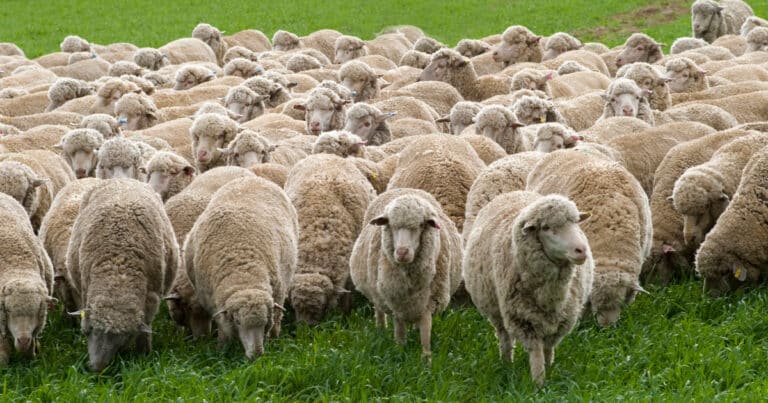
The Delaine-Merino sheep breed has been bred for over 1,000 years, earning an international reputation for its prize-winning wool production. The Delaine-Merino has a medium
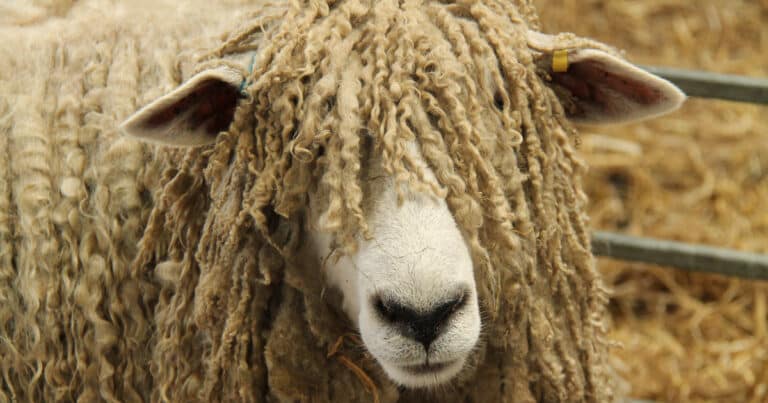
The Lincoln sheep breed is one of the largest breeds in the world. This breed also has the longest, shiniest and thickest fleece in the
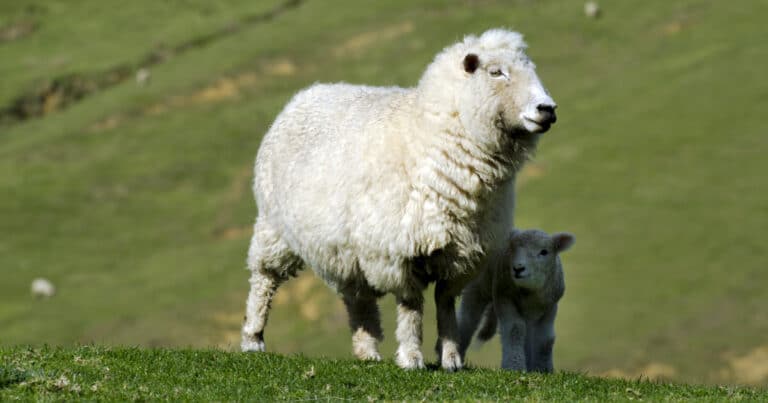
Originally from New Zealand, the Perendale sheep breed is a mixture between the Romney and Border Cheviot. Their features include open faces and average size
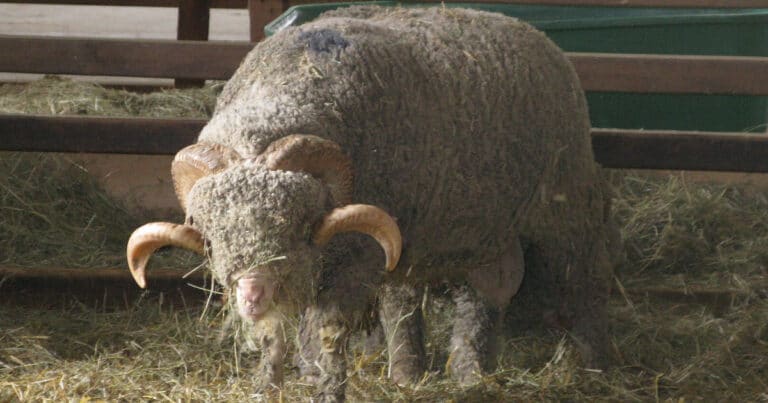
The Rambouillet sheep breed is a noble-looking breed which originally comes from France – the product of breeding local stock with Germany’s Spanish Merino. Rambouillet
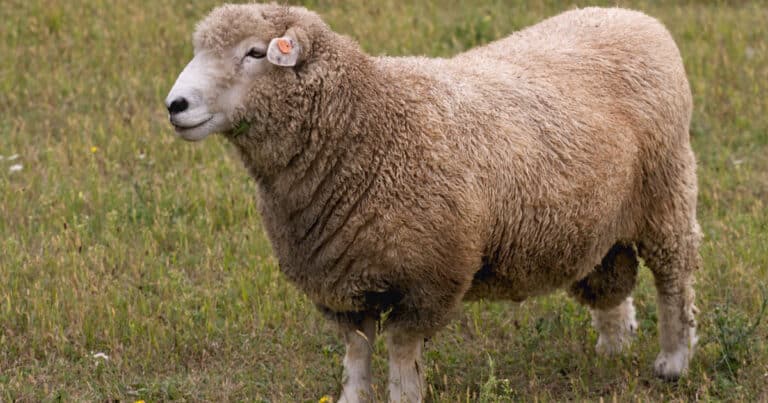
The Romney originated in the Romney Marsh area of England and this breed of sheep can thrive in wet and cold environments. In 1904 Romney
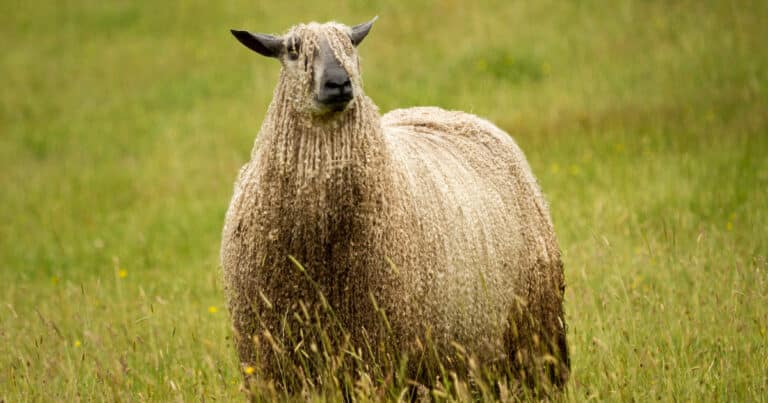
The Wensleydale sheep is a large-sized breed that has long wool and is distinguishable through its “blue” head, legs, and ears. This breed is originally
While each of the fine wool sheep breeds listed below can be raised and bred for meat production, these sheep breeds are primarily valued and raised for their fine wool production.
These sheep are selected for their ability to grow dense, fine fleece that is ideal for the production of ultra-soft, high-end clothing. While the staple (length) of the fleece produced by these breeds isn’t as long as that produced by long wool sheep breeds, the fleece produced by fine wool breeds of sheep may outweigh the longer fleece typical of Romneys or other breeds that produce wool that’s best suited for hand-spinning.
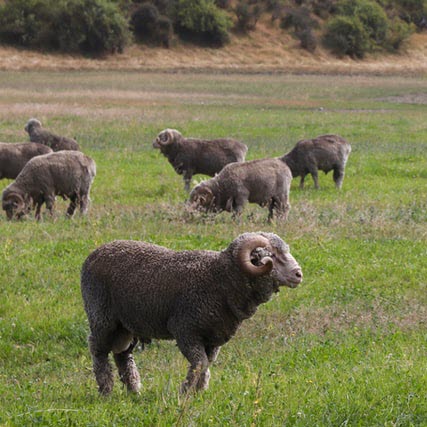
While fine wool sheep breed ewes tend to be excellent mothers, lambs will gain size and weight much more slowly than other breeds as a significant emphasis is placed upon the quality and consistency of their fleece. As a result much of the energy gained from feed goes toward the production of fine, lustrous wool. These sheep breeds may require more feed to gain weight at a comparable rate to meat breeds.
Most fine wool sheep breeds are docile and easy to handle, making them a good choice for a young child new to 4-H or FFA, but they won’t clean up as nicely for the show ring as many other breeds so if you are interested in showing sheep that produce wool a dual purpose breed like a Columbia or Corriedale might be a healthy compromise and make for a more enjoyable show ring experience for your child. If you or your youngster is interested in hand-spinning or knitting with the wool your sheep produce, fine wool breeds are an excellent choice.
In the show ring an emphasis is placed on the consistency of the fleece. Judges will look for uniformity in crimp (waviness) and fiber diameter and preference is given for a lustrous health fleece. Size, muscle tone, conformation and adherence to the breed characteristic defined by that particular fine wool sheep breeder’s organization are considered important, but these sheep are valued primarily for wool production and as such their physical characteristics are not emphasized quite as much as they are in other breeds during competition.
Each of the long wool sheep breeds listed below can be raised and bred for meat production, these sheep breeds are primarily valued and raised for their wool production.
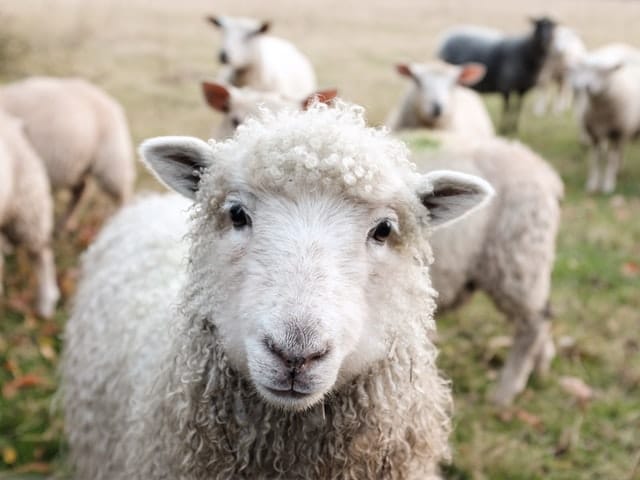
These long wool breeds of sheep are selected and bred for their ability to grow lustrous fleece with a loose crimp (waviness) and long staple (fiber length) that is ideal for craftsmen and craftswomen interested in spinning wool and creating hand-knit woolen products.
Many of these long wool breeds are an excellent choice for a beginner’s 4-H project because they tend to be smaller than meat breeds and offer an opportunity for youngsters to learn about wool production first hand.
In the show ring an emphasis is placed on the consistency of the fleece for long wool sheep breeds. Judges will look for uniformity in crimp (waviness) and fiber diameter and preference is given to a lustrous healthy fleece. Size, muscle tone, conformation and adherence to the breed characteristics defined by that particular sheep breeder’s organization are considered important, but unlike meat breeds these sheep are valued primarily for wool production.